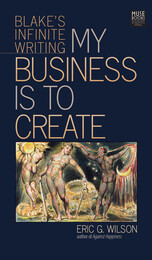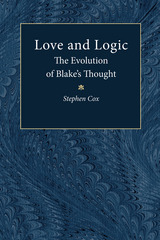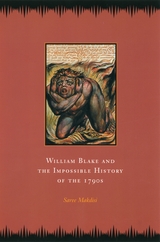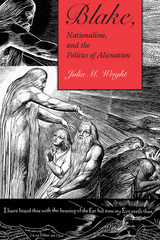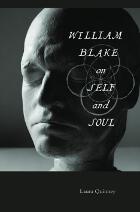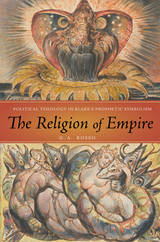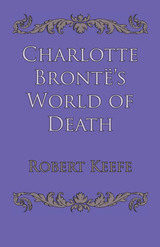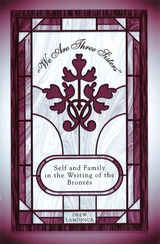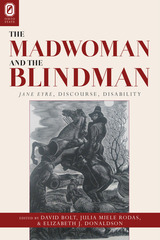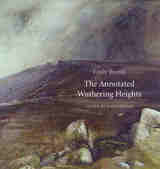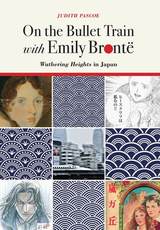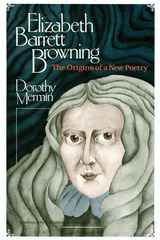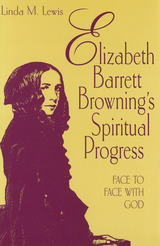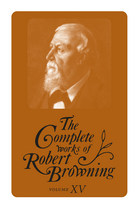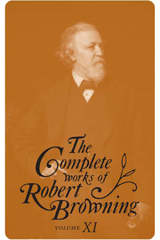Wuthering Heights: A Study
Ohio University Press, 1994
Paper: 978-0-8214-1078-3
Library of Congress Classification PR4172.W73K58 1994
Dewey Decimal Classification 823.8
Paper: 978-0-8214-1078-3
Library of Congress Classification PR4172.W73K58 1994
Dewey Decimal Classification 823.8
ABOUT THIS BOOK
ABOUT THIS BOOK
Wuthering Heights at once fascinates and frustrates the reader with the highly charged, passionate and problematic relationships it portrays. This study provides a key to the text by examining the temporal and narrative rhythms through which Brontë presents the dualities by which we commonly define our selfhood: child and adult, female and male, symbiosis and separateness, illogic and common sense, classlessness and classboundedness, play and power, free will and determinism. The novel’s concern with unitary and fragmentary selves has romantic antecedents in DeQuincey and Shelley and in Charlotte Brontë’s figuration of Emily as a lost other self. This concern is, in turn, reflected in the “after-life” of the text in the work of later artists such as George Eliot, Lawrence, Buñuel, and Truffaut.
See other books on: 1818-1848 | Brontë, Emily | English, Irish, Scottish, Welsh | Study | Wuthering Heights
See other titles from Ohio University Press


